Most of us use mobile phones every day, but have you ever wondered what’s inside them? Mobile phones may look sleek and compact, but they are made up of several tiny yet powerful components that work together to perform various functions. Let’s take a look at the key parts of a mobile phone and what they do.
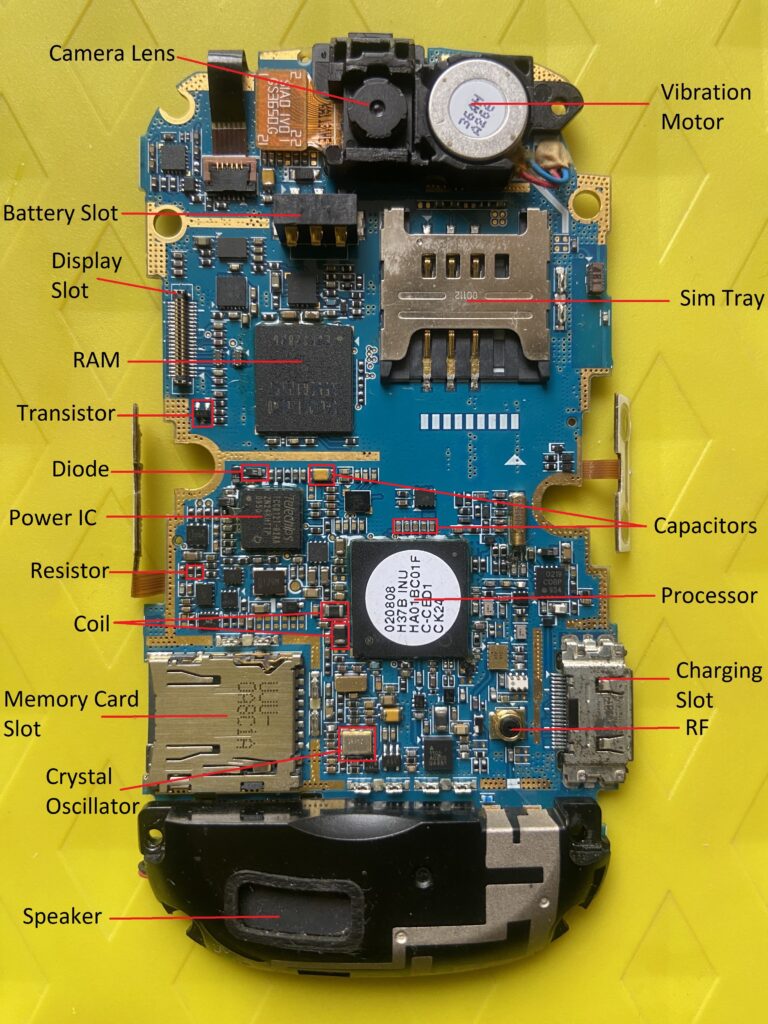
PCB (Printed Circuit Board)
1. Antenna/RF (Radio Frequency)
Antenna is used to receive and transmit radio frequency. It is inbuilt in the cabinet of the mobile phone. These are called inbuilt antenna.
The range of electromagnetic waves used for wireless communication. RF technology enables the transmission and reception of signals, allowing you to make calls, send texts, access the internet, and use wireless features like Wi-Fi and Bluetooth.
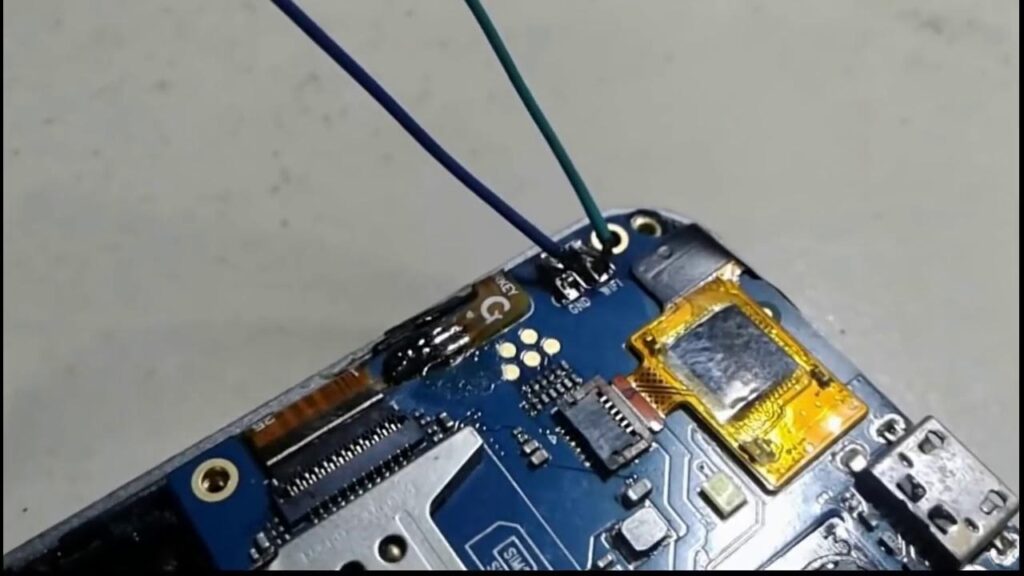
2. Battery
The battery is the only source of power supply to a mobile phone. Three types of battery are mostly used in mobile cell phones and Tablets:
#Nickel – Cadmium (Ni-CD)
#Nickel Metal Hydride (Ni – MH)
#Lithium-Ion (Li – Ion)
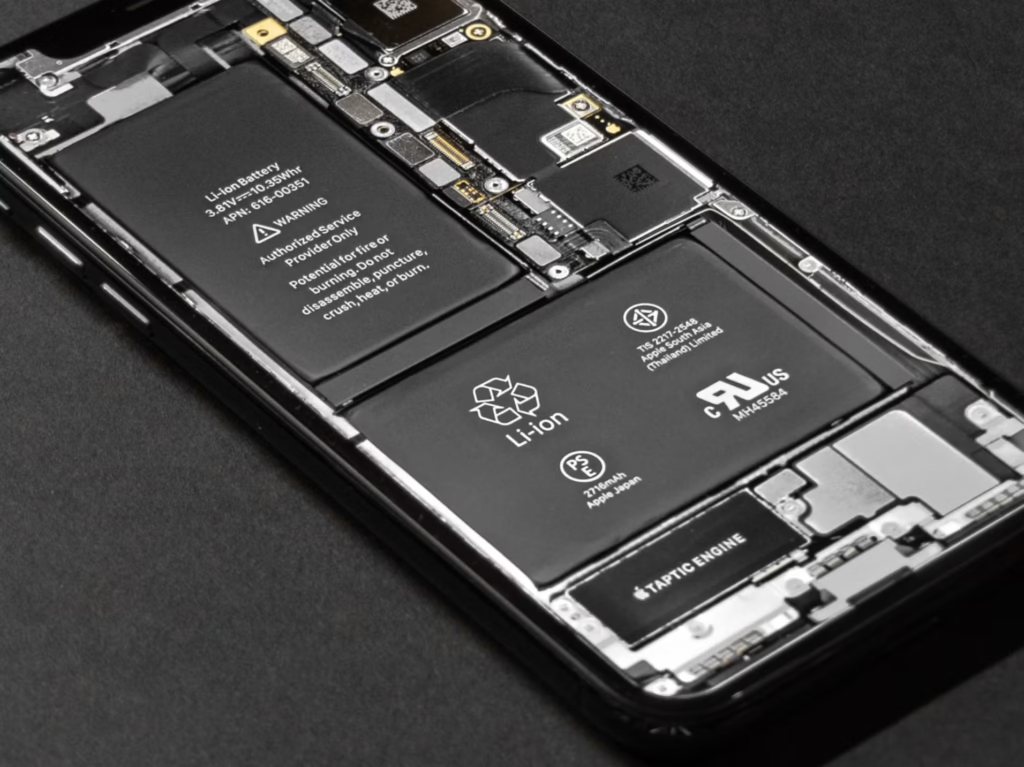
3. Central Processing Unit (CPU)
The CPU is the Main Control Section of a mobile phone, Android Smartphone and Apple iPhone. It controls all the function and does all the processing work.
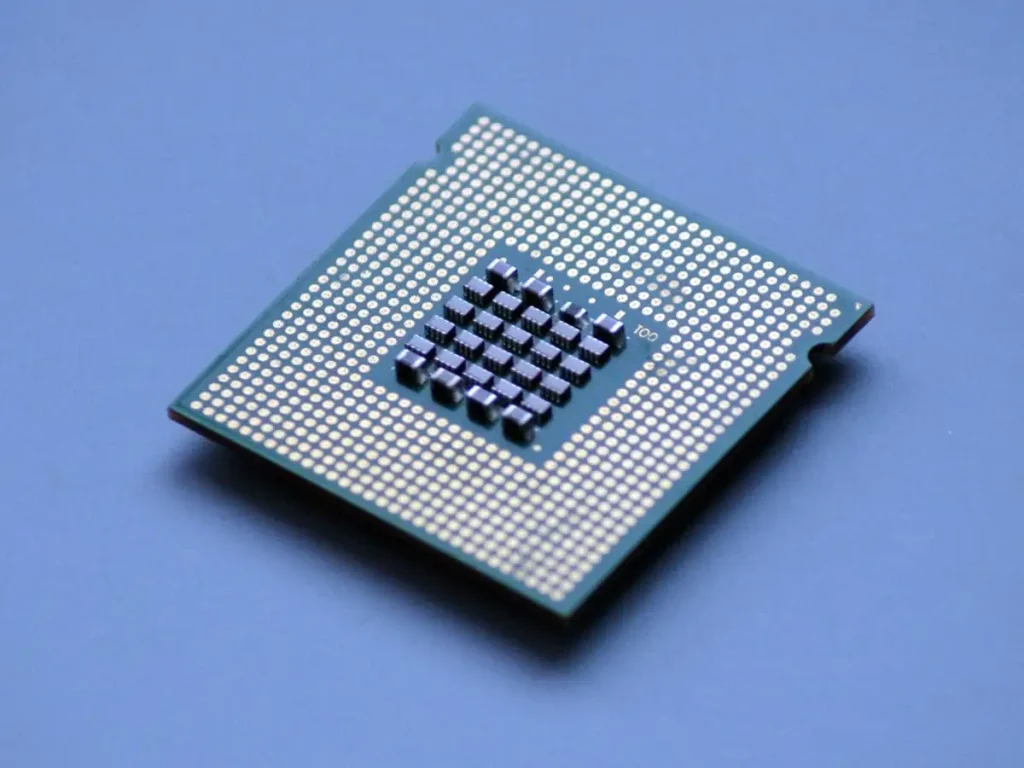
4. RAM (Random Access Memory)
RAM is an erasable memory where older data and information can be erased and new data and information can be stored.
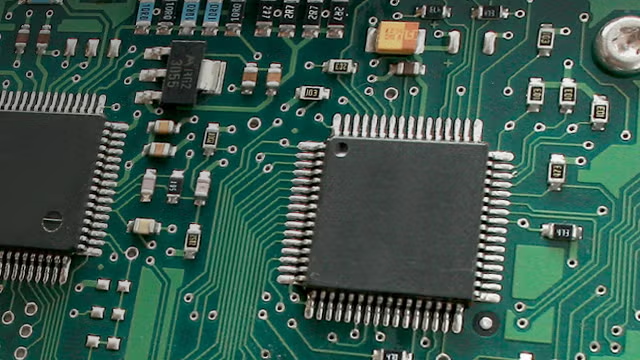
5. Visual Display
This part of the mobile phone generates light to display all information. Display of a cell phone can be classified as follows:
#LCD (Liquid Crystal Display)
#VFD (Vacuum Fluorescent Display)
#TFT (Thin Film Transistor Display)
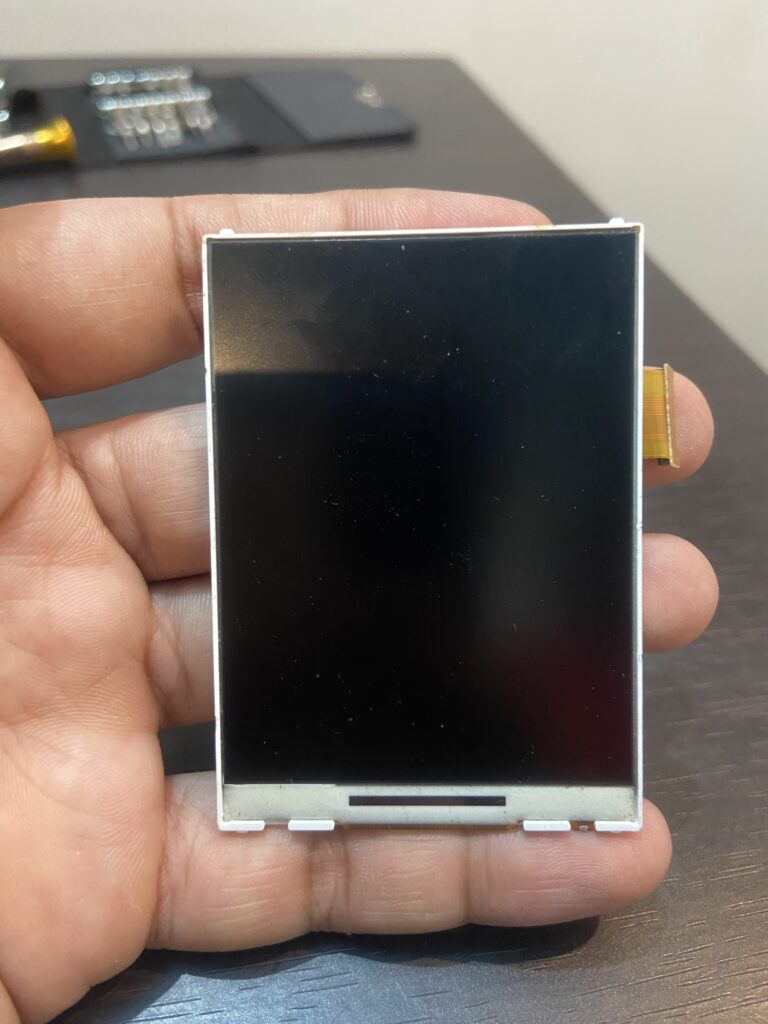
6. Vibrator Motor
It Provides vibration alert during incoming calls or messages in silent mode or when the option is On.
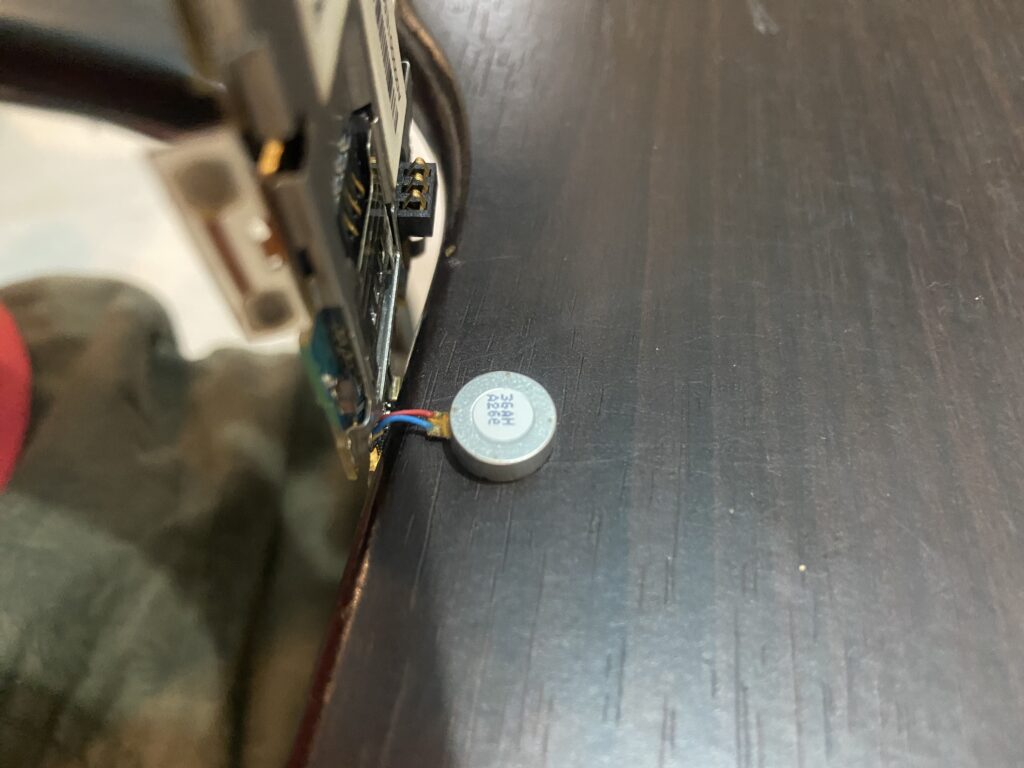
7. SIM Tray
Holds the SIM card and acts like a SIM reader or SIM writer.

8. Transistor
They act as tiny electronic switches or amplifiers, controlling the flow of electrical signals. Mobile devices contain billions of transistors embedded in their microprocessors and memory chips.
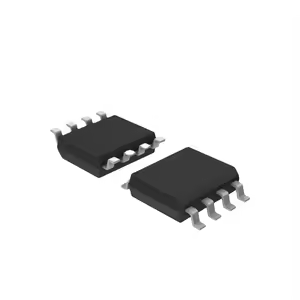
9. Diode
This allows electricity to flow only in one direction and blocks it from flowing in the other direction, thus acting as an essential part of reverse polarity or clipping circuits.
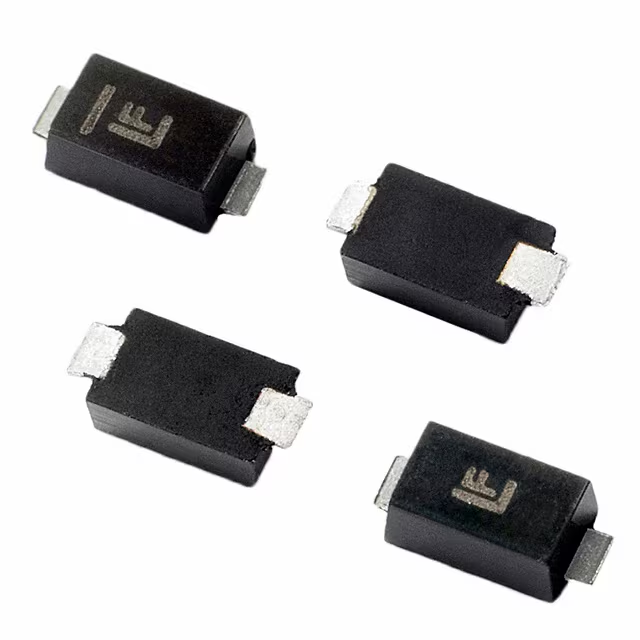
10. Coil
A coil is created by winding a conductive wire around a base made of a non-conductive material. The inductance property of the device makes it automatically oppose variations in electrical current flow. An applied varying current within a coil creates electric voltages with opposite polarity. This characteristic is known as inductance, which is why a coil is also referred to as an inductor.

11. Resistor
Resistor is an electronic component with the properties of both obstruction as well as resistance. The property of this component is called resistance.
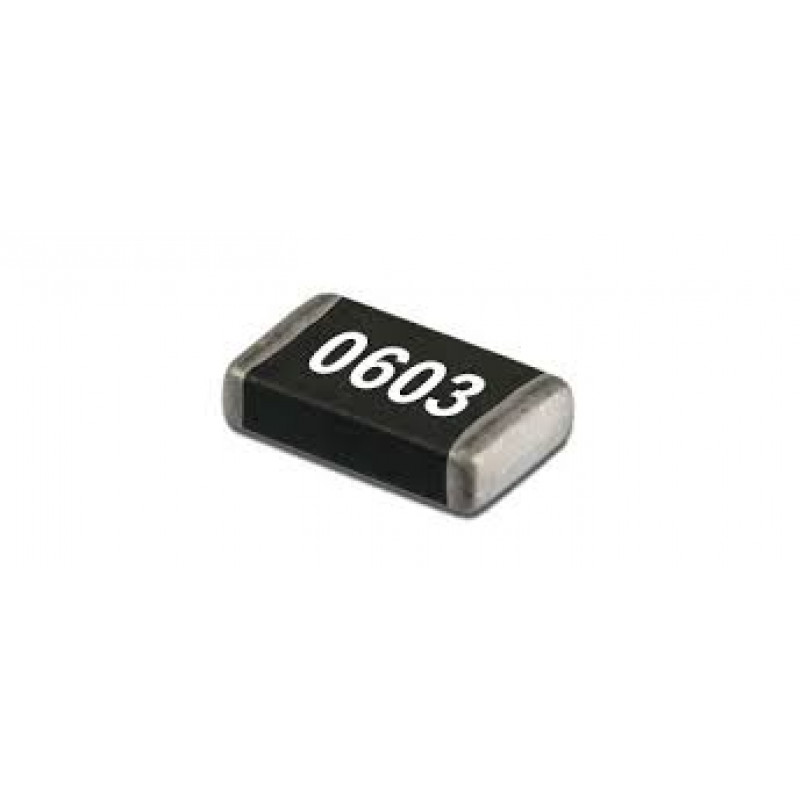
12. Crystal Oscillator
A crystal oscillator is an electronic component that generates a precise and stable frequency signal by using the mechanical resonance of a vibrating quartz crystal.
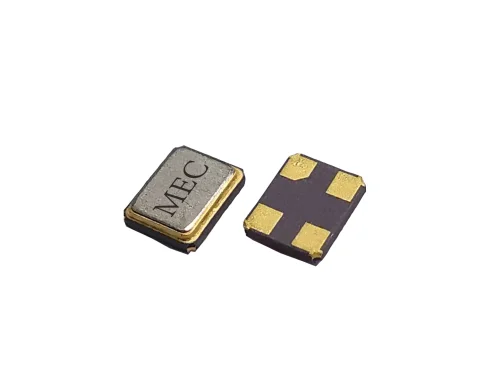
13. Capacitor
Regulates voltage by storing and releasing electric charges at a certain level. It is also a passive component.
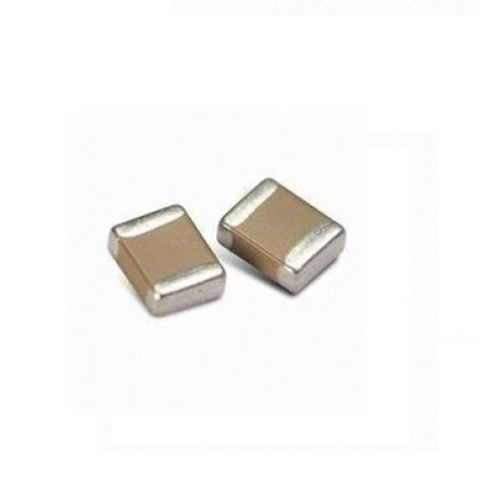
14. Power IC (Power Management Integrated Circuit)
It is a specialised chip in mobile phones that manages power distribution, regulation, and efficiency. It ensures stable power delivery to various components while optimising battery usage, enhancing performance, and preventing overheating.
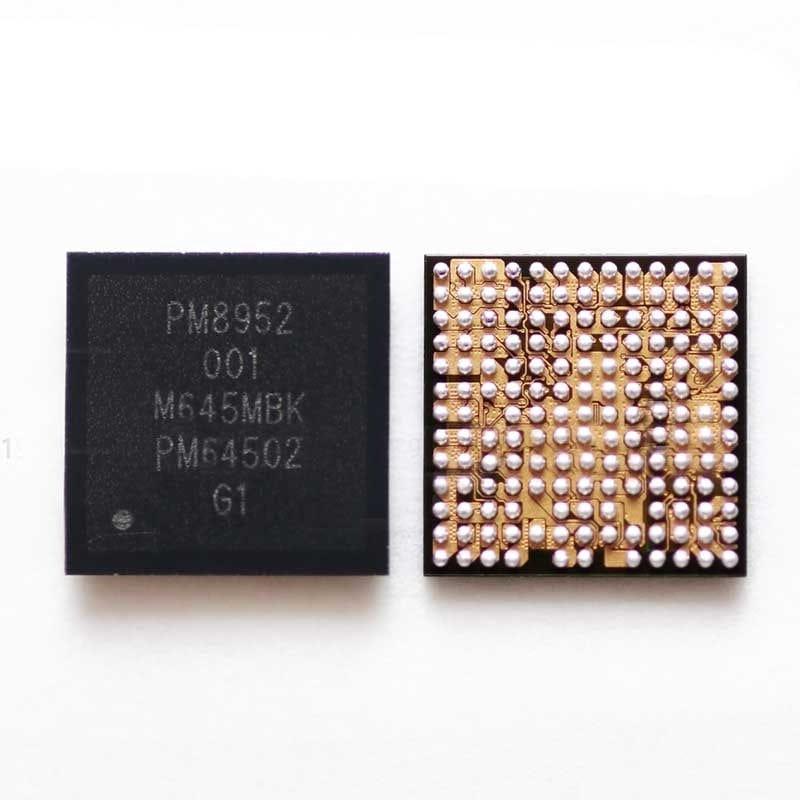
15. Camera
The camera in mobile phones is a compact imaging system that captures photos and videos using a combination of lenses, sensors, and image processing software.
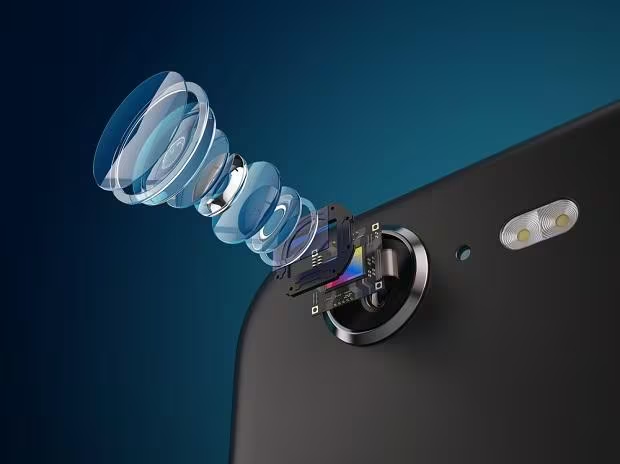
16. Charging Slot
It is the physical port where the charging cable is connected to transfer power and data. It allows the phone to charge the battery and, in most cases, also facilitates data transfer, audio output, and accessory connections.
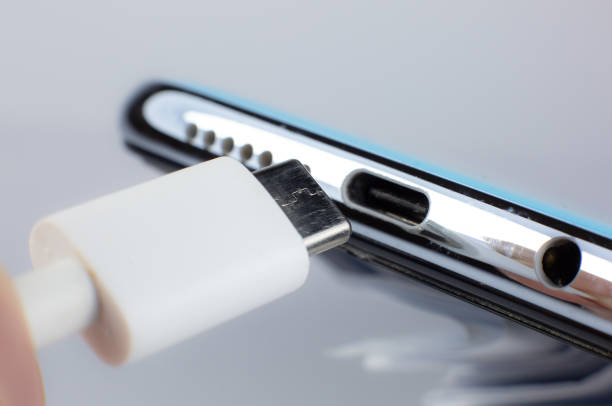
17. Display Slot
It refers to the connector interface that links the display panel (screen) to the motherboard. It transmits visual signals, touch inputs, and display data, enabling the screen to show images, videos, and interface elements.
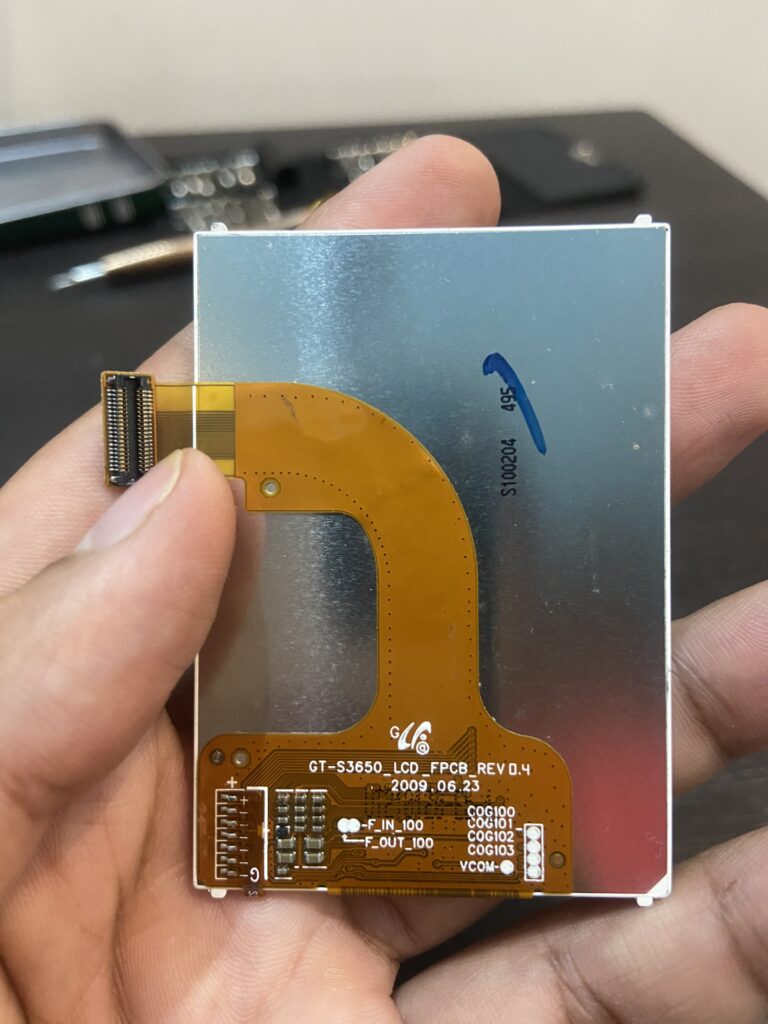
Mobile phones are complex devices made up of numerous interconnected components, each playing a vital role in ensuring functionality and performance. From the powerful processor and vibrant display to the battery, camera, and sensors, every part contributes to the overall user experience. Understanding these components not only helps users make informed purchase decisions but also empowers them to troubleshoot issues effectively. As technology continues to evolve, mobile phone parts will become even more sophisticated, driving innovation in design and capabilities.
*****

